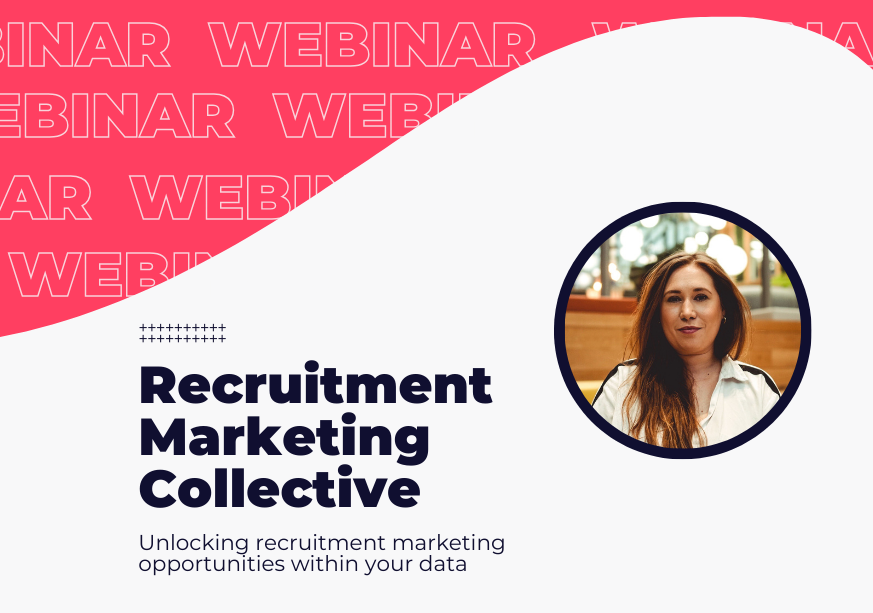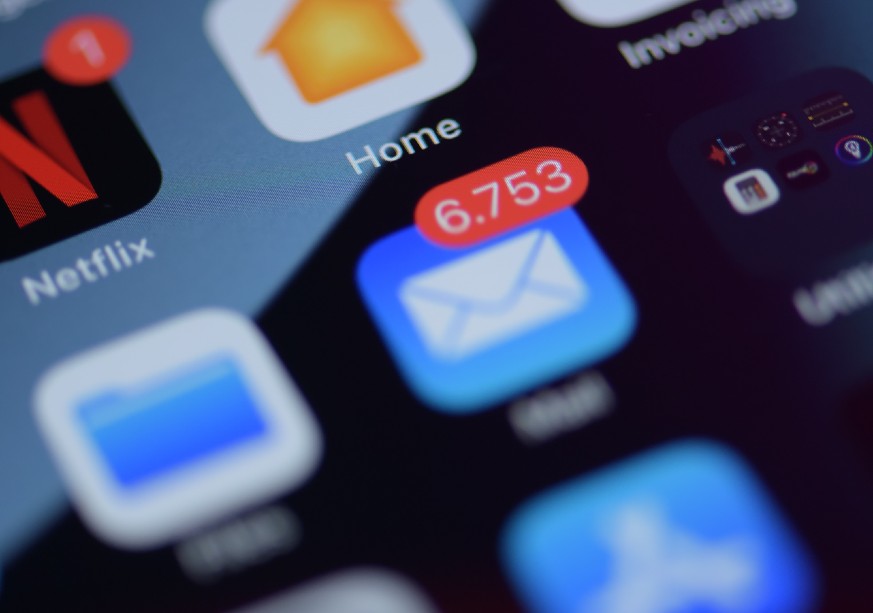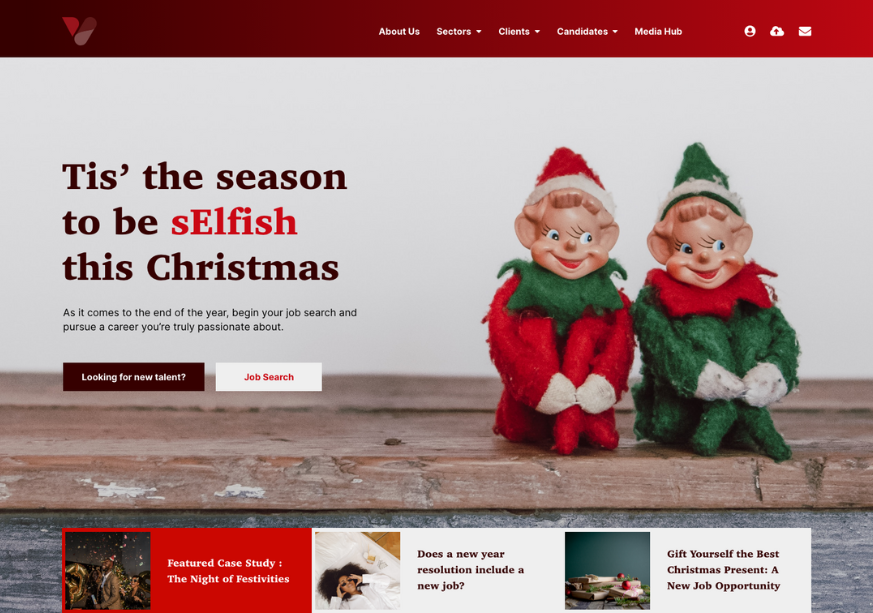Sam recently saw Carlsberg’s new advert for their Danish Pilsner. Typically, he doesn’t drink lager, he prefers an IPA, but all the marketing says it’s been rebrewed ‘from head to hop’ and Mads Mikkelsen assured him that the person responsible for the old beer has been “dealt with”.
So, parched and curious he strays from the norm. He grabs his pint and pork scratchings and heads back to the table. Sam takes his first sip and you know what, it’s alright this. One by one, his friends decide to get their own in and slowly but surely, the group has a new option at the bar.
Word of mouth has always been one of the most powerful marketing tools for the Fast Moving Consumer Goods industry. You can throw money at a campaign, but one of the most effective ways to build trust in your product is to get your customers talking about it.
Today, user-generated content has become the new word of mouth as the likes of Facebook, Instagram and Twitter make it easier than ever to curate and gather the best posts from brand fans and new customers alike.
For the FMCG industry, this type of content is beneficial for both companies and customers alike. Those considering your brand get to see relatable and believable content, while the business doesn’t need to worry about paying for professional designs or copywriters. The result is social engagement that helps build trust with potential customers at various stages of the conversion journey.
Share a Coke with user-generated content
As users ourselves, we can attest to the effectiveness of user-generated content. Let’s be honest, we all saw those named bottles of Coca-Cola across social media and spent every trip to the shop quickly scanning the shelves. We were hoping to find the holy grail of coke bottles, the one with our name on it.
The results speak for themselves, more than 150 million personalised bottles were sold during the campaign which ran between 2013 and 14. Cola lovers could even go as far as creating their personalised glass bottles online which led to over 730,000 orders, 6 of which were used in an actual marriage proposal.
Not only was this a lovely, unexpected outcome of the campaign, it also received over 1 million Facebook likes within 48 hours, results that money simply can’t buy.
Unwrapping data with Spotify
You don’t just have to rely on your customers' photos either, there’s always another angle for FMCG companies to explore. While it is in another industry, one of my favourite examples of brands embracing their users' content is the Spotify Wrapped campaign.
By taking their users' listening habits and noting irregularities such as ‘2018’s top fan-made Yodelling playlists’, they were able to run a humorous end of year campaign that highlighted the weird and wonderful aspects of the music streaming service.

This annual campaign is topped off with a unique insight into each person's listening habits for the year, creating a nostalgic summary accompanied by a playlist featuring their top songs.
How does user-generated content fit into a content marketing strategy?
For FMCG companies to truly take advantage of user-generated content, they need to see it as a serious part of their marketing strategy. According to AdWeek, 85% of users find visual UGC more persuasive than branded content, making it a goldmine of content.
However, the first step is giving your customers something to share. Coca-Cola named their bottles and Spotify turned an entire year of data into bespoke infographics, so how can you do the same for your products?
Once you’ve got that figured out, it needs to be an active part of your content marketing. Keep an eye out for the creative and unique ways your customers are creating UGC and reward them with the opportunity to appear on your brand’s social channels. The recognition can go a long way.
Not all user-generated content is social
While the high-profile campaigns are great examples, they’re only the tip of the iceberg. User-generated content also covers the reviews and ratings you receive on third-party platforms. So, whether it’s a product review on Google or a workplace rating on Glassdoor, each piece of content can influence your audience’s opinion of your business.
However, relying on your audience to leave reviews and ratings can be daunting, many companies fear the idea that users will leave a bad review. People are sympathetic though, they understand that accidents can happen and sometimes even the most prestigious five-star service will face problems.
Fortunately, making your negative reviews public show that your business has nothing to hide and can even help set expectations on what consumers should expect. It also allows you to reply publicly and show that not only do you care about the issue, but you’ve also resolved it.
Besides, a company with spotless reviews looks inauthentic and negative reviews often make the positive ones stand out even more.
User-generated content has been a major driver in the FMCG industry for a long time now, helping businesses build trust with their audiences. From photos of your products in action to real reviews, the biggest risk is not embracing this content because your competitors certainly will be.
At Venn, we’ve spent plenty of time working within the FMCG industry and know how important user-generated content can be to the sector. To find out more about how we’ve helped our Fast Moving Consumer Goods clientele, take a look at our work or get in touch today.







